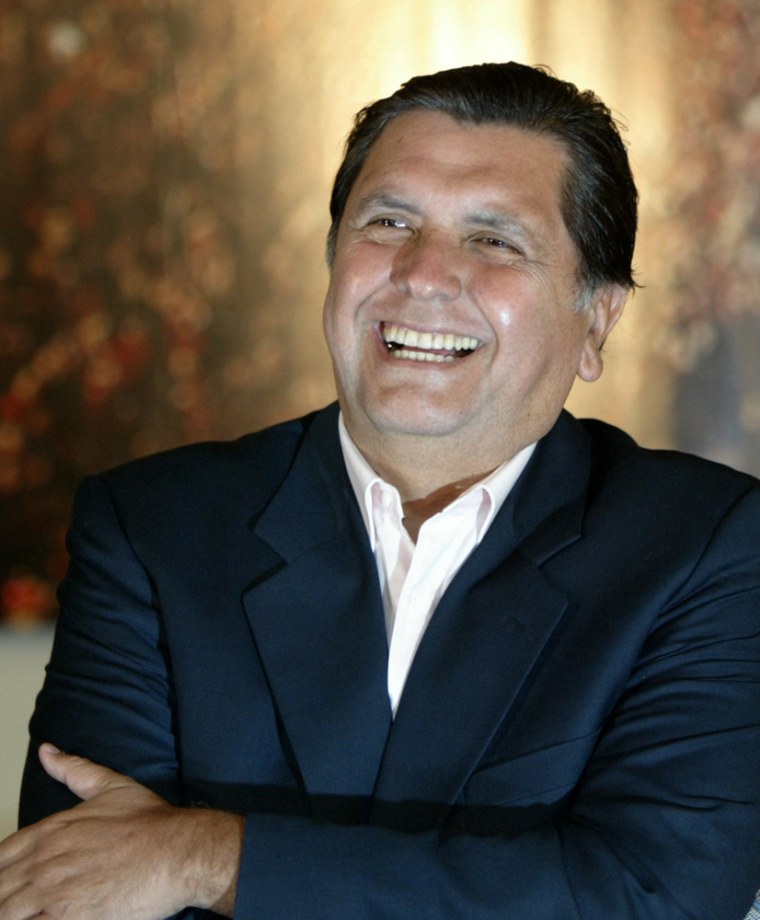The gap between two candidates battling for a runoff spot in Peru’s presidential race narrowed Sunday as votes cast abroad moved conservative Lourdes Flores closer behind left-leaning former president Alan Garcia.
With 89.5 percent of votes counted from the April 9 election, nationalist former army commander Ollanta Humala, who has said he will give the state more control over the economy, was in first place with 30.9 percent of the vote and assured a spot in a second round in May or June.
Of the two vying for second place, Garcia had 24.38 percent of votes and Flores edged up to 23.53 percent, a difference of 95,619 votes, according to the National Electoral Processes Office.
Peruvian law mandates a second-round election between the two top vote getters if no candidate gets more than 50 percent. The second vote takes place within a month of the official results of the first round.
Garcia’s American Popular Revolutionary Alliance party on Saturday withdrew a request to nullify votes cast in Miami, Madrid, Milan, Italy, and other cities. His party had asked for those votes to be thrown out, alleging illegal campaigning by Flores’ National Unity party on voting day.
But Garcia’s party leaders later said they were confident the votes from abroad would not erode his slim lead, calculating that votes from Peru’s interior that are being recounted will offset Flores’ advantage among voters abroad.
Garcia, 56, was president between 1985 and 1990 and left office amid hyper-inflation and surging violence by Shining Path rebels.
Some 450,000 Peruvians live abroad and political analysts have estimated that some 300,000 voted on April 9. Flores’ party hopes some 200,000 of those votes will shift the balance in her favor.
Peru’s markets were volatile last week as uncertainty over the outcome of the elections continued, but on Wednesday, the last trading day before the four-day Easter weekend, stocks rose 4.1 percent as investors bet Humala would lose against either Flores or Garcia in a second round.
Flores, a lawyer and former legislator, is favored by foreign investors.
Pre-election polls showed Humala would face a tight runoff against Garcia. If Humala were to face Flores, the polls suggested she would win.
Election authorities do not expect to complete their vote count until the end of April because they are reviewing and counting 1.4 million ballots that were marred or difficult to read, or contested by one of the parties.
